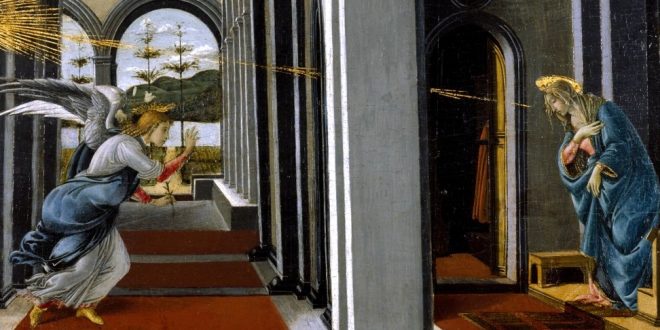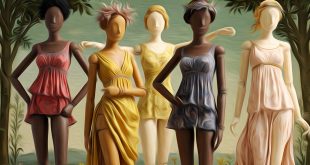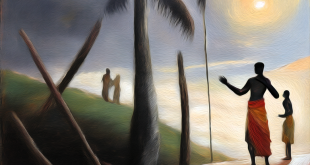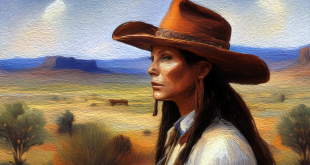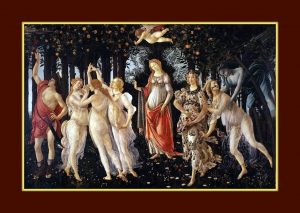 SANDRO BOTTICELLI 1/3 – He was born in in Florence, Italy. As a boy, he apprenticed as a goldsmith. By his forties, Botticelli was himself a master. He worked in all the current genres of Florentine art, painting altarpieces in fresco and on panel, tondi (round paintings), small panel pictures, and small devotional triptychs. Botticelli’s first works followed the current version of the popular style in Florence used by artists such as Andrea del Verrocchio. His best known work? For us is The Birth of Venus. Many historians note that Botticelli suffered from unrequited love towards the model of his Birth of Venus painting.
SANDRO BOTTICELLI 1/3 – He was born in in Florence, Italy. As a boy, he apprenticed as a goldsmith. By his forties, Botticelli was himself a master. He worked in all the current genres of Florentine art, painting altarpieces in fresco and on panel, tondi (round paintings), small panel pictures, and small devotional triptychs. Botticelli’s first works followed the current version of the popular style in Florence used by artists such as Andrea del Verrocchio. His best known work? For us is The Birth of Venus. Many historians note that Botticelli suffered from unrequited love towards the model of his Birth of Venus painting.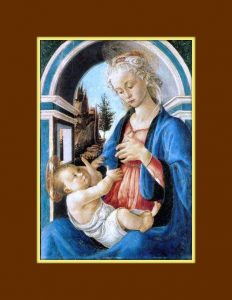
SANDRO BOTTICELLI 2/3 – Despite this popular claim the artist was at one point in his life charged with sodomy and the summary of the charge noted that “Botticelli keeps a boy”. Lippi’s painterly style, which was formed in the early Florentine Renaissance, was fundamental to Botticelli’s own artistic formation. He contributed to the frescoes in the Sistine Chapel and painted the immortal The Birth of Venus. His name? Sandro Botticelli, the an Italian painter of the early Renaissance-era. He studied the sculptural style of Antonio Pollaiuolo and Andrea del Verrocchio (the leading Florentine painters of the 1460s), and under their influence Botticelli produced figures of sculptural roundness and strength. He is the earliest European artist whose paintings of secular historical subjects survive in some number and are equal or superior in importance to his religious paintings.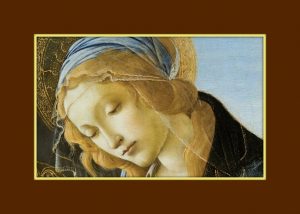
SANDRO BOTTICELLI 3/3 – As you can see, the forms in his paintings are defined with a line that is at once incisive and flowing. There is a growing ability to suggest the character (and even the mood of the figures by action, pose, and facial expression). Contemporary artists (such as Leonardo da Vinci and Michelangelo), further pushed Botticelli from the artistic spotlight. Botticelli worked in an established, almost traditional manner at a point just before such a style went out of fashion. Upon his death in 1510, he was buried in the Church of Ognissanti. About 50 paintings survive that are either wholly or partly from his own hand.
You can see more on Meeting Benches, looking for
 Meeting Benches World art in all forms
Meeting Benches World art in all forms
